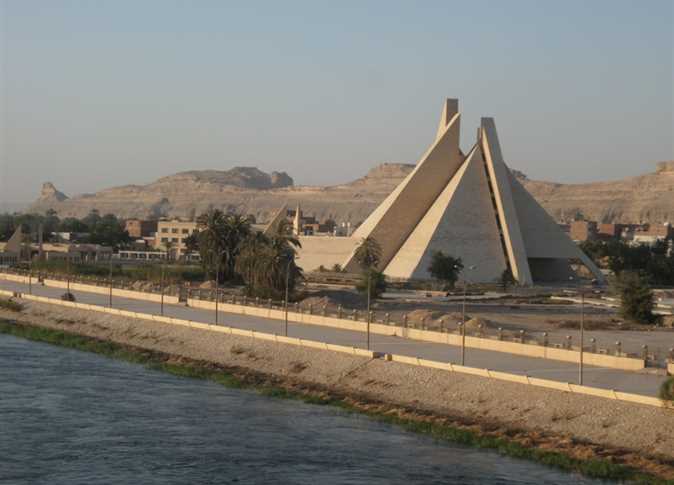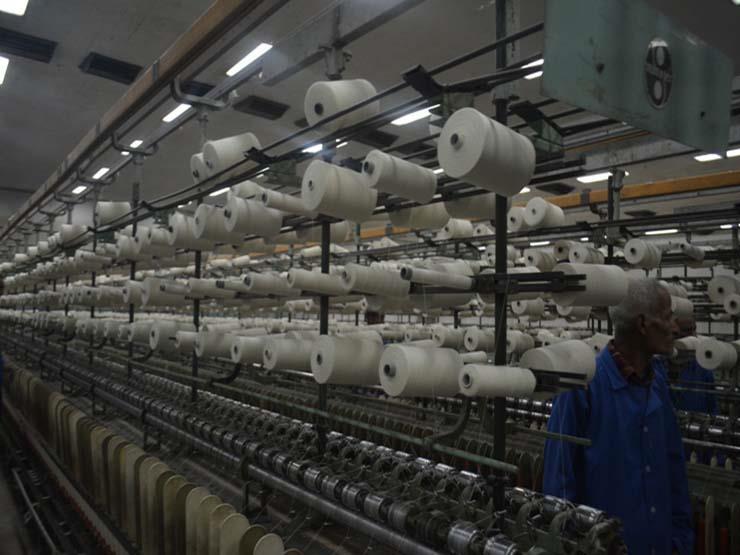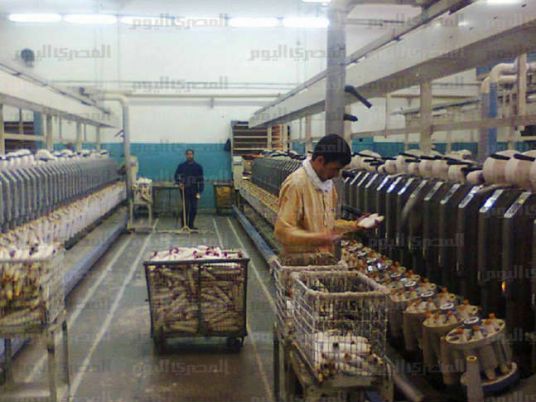As part of his 2009 campaign for UNESCO director general, former Culture Minister Farouk Hosni turned Old Cairo’s al-Moez Street into an open-air museum.
The street’s buildings showcase the epitome of Islamic architecture, dating back to over 1000 years. Still, their magnificence is eclipsed by the beauty of Mohamed Ali Pasha’s Sabeel (fountain), found at the street’s entrance from Bain al-Kasrain district – a historical district Naguib Mahfouz referred to in his famous Cairo trilogy.
The building is an architectural piece of art, built by Ali in 1828 as a charity for the soul of his son, Ismail Pasha, who had died in Sudan in 1822. At first, it was a charitable educational facility that provided community services and gaining a functional value that helped it survive and maintain its glamor over the centuries.
It was later turned into the Nahaseen School, before its condition deteriorated with some parts falling off due to age and weather erosion.
But as the Culture Ministry kicked off its Islamic Cairo renovation project in the Gammaliya district, the building was turned into the first and only textile museum of its kind in the Middle East.
Its vast collection displays the history of the textile industry in Egypt, including works from the Pharonic, Roman, Greek, Umayyad, Abbassid, Tulunid, Ottoman, Mamluk and Ayyubid periods. It also hosts a collection from Iran, Iraq, and Yemen, as well as the Kiswa (cover) of the holy Kaaba.
"Egypt has been famous for making flax since ancient times, particularly during the Pharonic period,” says Mohamed Shabana, the museum’s curator. Egyptian flax was special because it was smooth like silk. Pharaohs took pride in the local industry and would occasionally send other kings textiles and clothing as gifts.
Ancient Egyptians mastered spinning, weaving and dyeing flax fibers. They made plain, Coptic and woolen textiles. They also used to brocade their clothes, especially royal garments, with beads, cloth lining, colorful glass paste, and golden ornaments.
"Egyptian textile was so famous during the Ptolemic period (30 BC-AD 323) that narrators and historians described with flattery the tapestries, blankets and pillows that King Ptolemy II provided in his guests’ tents,” says Shabana, adding that the royal palace was decorated with life-size tapestries that stunned visitors with their realistic depictions.
Women continued to work in spinning and weaving during the Roman era (30 BC-AD 325), and with the spread of Christianity (AD 325-641), Christian symbols merged with the prevailing artistic and spiritual traditions of ancient Egypt and Rome.
Coptic textiles reflect this blending of styles. As a technique, Coptic tapestry is closer to brocading than knitting and is famous for its gradient colors demonstrated by dyed wool yarns that maintain their bright colors.
Among the interesting pieces at the museum is a royal kilt belonging to King Tut (1336-1327 BC). The garment dates back to the 18th dynasty, and was found in the king’s tomb at the Valley of the Kings. Another is the collection of four royal bed sheets, believed to have been presented by Queen Hatshepsut to the designer of her Luxor temple.
From the Fatimid period, the museum exhibits a piece of flax cloth with Kufic calligraphy embroidered in silk, praising “the imminent conqueror Nizar Abi Mansour al-Aziz Bellah, Commander of the Believers,” and supplemented with a decorative stripe containing images of birds.
In another gallery, visitors find a woolen cloth from the Tulunid period (9th century), beautifully showing the image of a hippopotamus drawn in yellows, greens and blues.
Even prayer carpets were beautifully made of silk and decorated with gilded embroidery with botanical designs (17th-18th century). One belongs to Zeinab Hanem, daughter of Mohamed Ali – a gift from the father to his daughter on her wedding night.
Given Egypt’s long history of making Kaaba covers, the Textile Museum naturally exhibits a splendid oblong cover, made of blue silk and decorated with botanical designs and Koranic verses knitted with gilded yarns. This was “made as per the orders of King Farouk of Egypt and Sudan in 1942," reads the knitting.
In addition to the large collection of textiles, the museum displays ancient spinning and weaving tools from the Pharonic, Ptolemaic, Coptic and Islamic periods. Through the diorama and photographs on display, visitors are acquainted with spinning methods, as well as the evolution of the process over different periods.
Film screenings also show the renovation of the Sabeel.
“Converting the Sabeel into a museum was a challenge,” says Farouk Abdel Salam, who oversaw the renovation. "It required internal structural changes so that the building would suit its new function. Those additions included elevators and ramps to facilitate the movement of disabled visitors.”
The windows have been blocked and special display windows with heat adjustment settings were brought in to protect the textiles from environmental factors, he adds.
First opened to the public in August 2010, very few people know about the Textile Museum. “Our visitors are often passers-by, who are waking though the area or visiting other monuments on Moez Street,” says Shabana.
The Textile Museum is the first and only museum specialized in textiles in the region. With textiles excavated from Fustat, Luxor and al-Bar al-Gharby, and brought from the Islamic and Coptic museums, or al-Gawhara Palace, it tells the story of the country over thousands of years.




